Melt my heart0:50
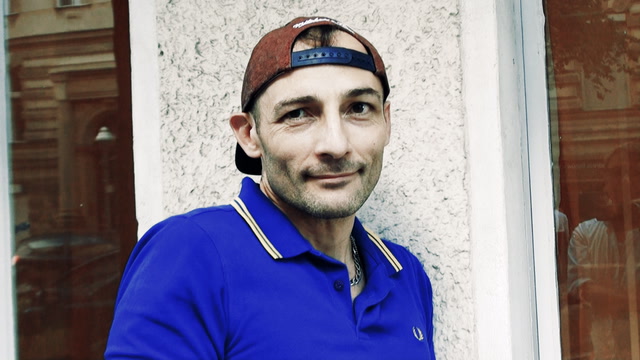
Melt my heart0:50
We witness a magical moment.
Christophe is putting his left hand on his chest. His eyes express true joy. The perfumer is almost bursting with pleasure while declaring his love for camomille. Christophe recalls the name Elizabeth Ganes, the founder of the high-quality brand StrangeLove NYC mentioned in her briefing: Melt my heart. At the same time the scent affects Christophe emotionally. He cannot control his feelings: Christophe literally embodies the claim: Melt my heart. In many cases a perfumer does not even know the name of the scent when creating. Does this little thing make a difference to the quality of the final composition? Based on this scene one might think so.
bodywork0:44

bodywork0:44
subject/object, real/representational, people/things, mind/body, form/substance, body/soul etc.
Modernity has often been characterised in terms of its operation of dualisms. Over the past few decades the social sciences have witnessed an increasing interest in the body and analyzed embodied aspects of action, social interaction and meaning-making. This clip draws attention to the perfumer’s body as an active player in the process. Bodily practices are shown as a potential resource to produce value: Labour exists as «a resource in the bodiliness of the worker», Karl Marx once noticed in his influential value theory. Scents actually penetrate and involve the human body. However, once a scent becomes part of olfaction, its status as object is completely lost in the body and in the experience of olfaction The perfumer’s body serves as the origin point for all olfactory knowledge and experience. It is the basic source of information and comprehension that gives rise to brief intuitive observations. These observations are often articulated by the perfumer using surprisingly emotional, experiential and sensorial vocabulary. In fact, we seldom heard perfumers use the technical vocabulary we anticipated based on our preparatory readings. The role of the body in perfumery is certainly an extreme case. Yet, a deeper understanding of this practice helps to traverse modernity’s dualisms.
Back to origins1:40
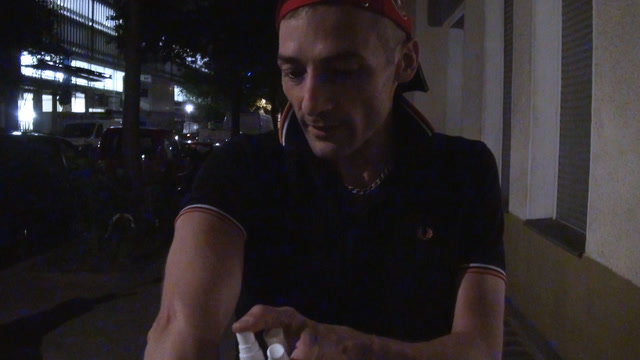
Back to origins1:40
Moving forward can actually imply going back to an earlier version.
In theory, the development process unfolds as incremental steps of improvement. In practice, however, progress is often less clear. This is particularly the case in cultural products that serve an aesthetic, rather than a clearly utilitarian purpose. Standards of quality for creative products derive from abstract ideas rather than clearly defined technical standards and performance features. Creative industries sell identities and experiences. Cultural goods «derive their value from subjective experiences that rely heavily on using symbols in order to manipulate perception and emotion». Consequently, a perfume is increasingly valued for its meaning. «I may like the grapefruit now again», Christophe remarks incidentally in this clip. He had just moved from working with blotters to evaluating selected scent modifications on his skin. Moving forward can actually imply going back to an earlier version.
Taking perfumes to nightlife0:57
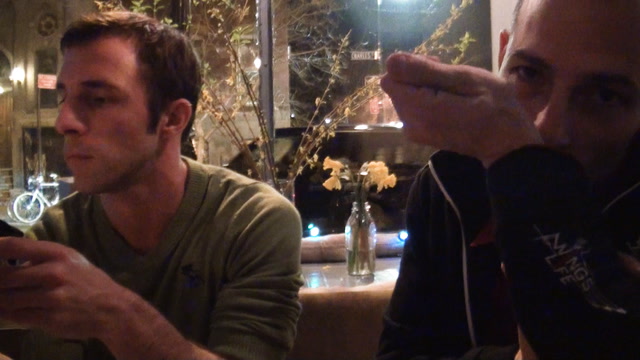
Taking perfumes to nightlife0:57
The ephemeral materiality of scent deeply impacts on how a perfumer can balance life and work. The perfumer’s body is a resource as well as a constraint.
Moving from paper testing strips to the skin can drastically change the overall experience of a perfume. What might be banal everyday knowledge has far reaching consequences for a professional perfumer. The skin of a perfumer is a constraint in the process because there are hardly more than three spots on each arm to spray. Once sprayed on the arm the scent will stay until it has completely evaporated. How long this takes is a matter of the scent’s molecular structure. Hence, a scent does not comply with an organization’s time regime. Instead, the involvement of the perfumer’s body makes the perfumer take his work home, or in this case, to the bar. In this clip, set in a bar late at night, Christophe notices a few molecules on his arm, and casually evaluates the set of recent creations. The undisciplined nature of scent blurs the boundaries of work and non-work.
Evaluative moments2:33

Evaluative moments2:33
Three professionals engage in smelling and discussing an advanced modification of Meltmyheart, a fragrance by StrangeLove NYC.
We see how Christophe Laudamiel, Christoph Hornetz and the flavorist Marlene Staiger spontaneously share their impressions and associations. Apparently, there is no one way of evaluating a scent. A closer look reveals how micro-practices of smelling and using blotters can differ. Christophe is particularly interested how the other two experience a certain effect that he describes as «hot metal effect». The subtitles show how the three professionals cannot agree on what the dominant note of this scent smells like: caramel, coconut and hot metal stand next to each other. A shared interpretation of what they are actually smelling seems to be rather unimportant. Yet, something is achieved in this communication. It is neither explicit agreement nor disagreement. Instead it is the affective experience the three professionals express and collectively interpret as «good». And it is this affective experience that might be key to understanding how organizing is accomplished in a creative context. Is it possible that affects really constitute an organization?
Key quotes with this tag
Images with this tag
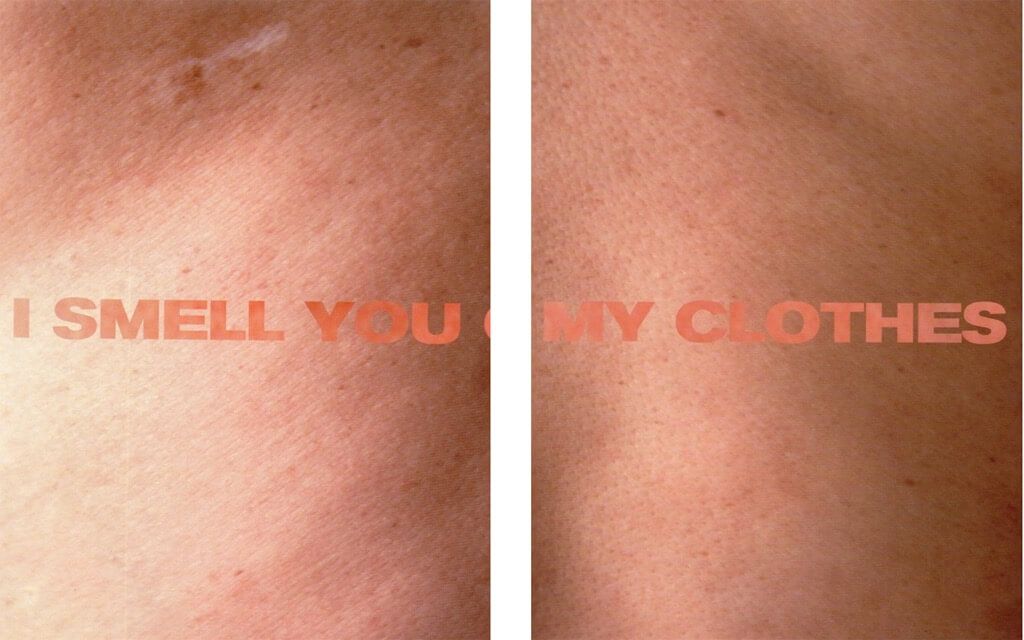
Courtesy of Jenny Holzer & Marc Atlan.
I smell you on my skin: Campaign Helmut Lang Perfumes, 1999/2000. Jenny Holzer & Marc Atlan.
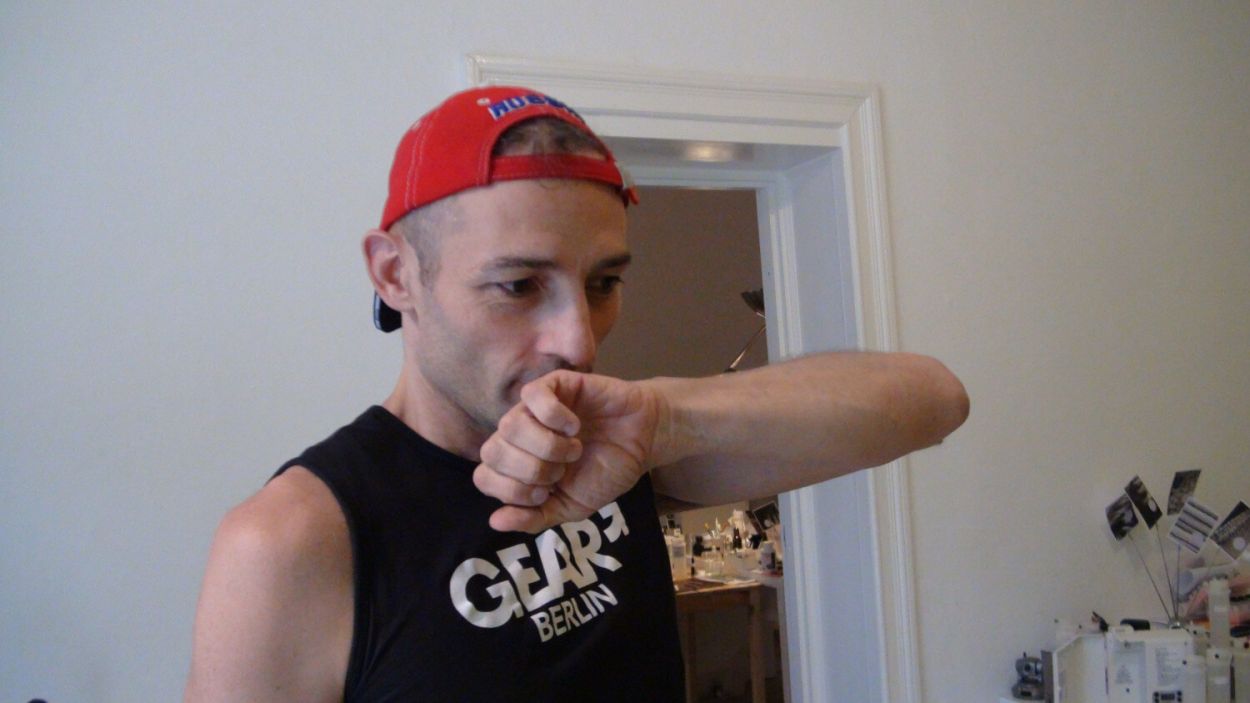
Courtesy of scentculture.tube
Christophe Laudamiel smelling a scent on his hand.
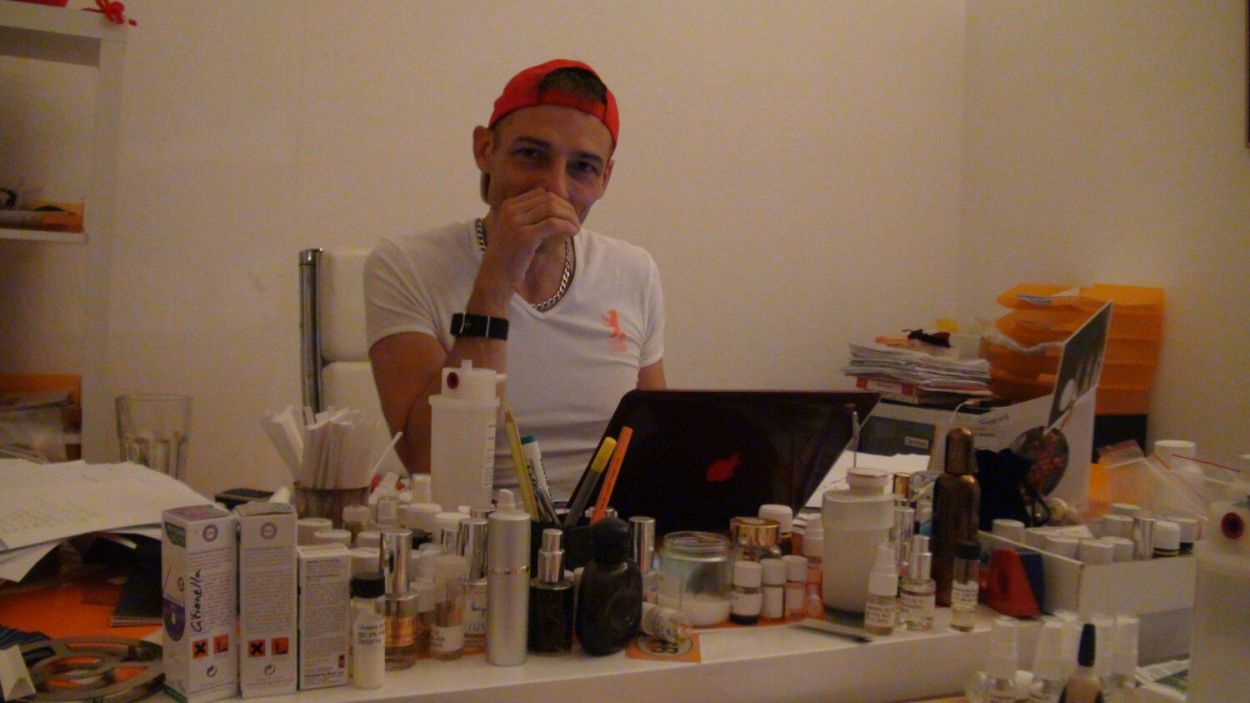
Courtesy of scentculture.tube
Christophe Laudamiel at his desk - en passant smelling his palms?
All Tags
- Affect
- Ambience
- Ambiguity
- Analogy
- Analyzing
- Artifact
- Associating
- Beyond words
- Briefing
- Christophe Laudamiel
- Classifying
- Consuming
- Creating
- Culture
- Deciding
- Desk work
- Ephemeral
- Ethnography
- Evaluating
- Experimenting
- Hemingway
- Humiecki & Graef
- Industry
- Ingredient
- Interaction
- Labelling
- Laboratory
- Metal
- Modifications
- Mundane work
- Orange Flower
- Paper
- Presenting
- Sense-making
- Shalimar
- Smelling
- Storytelling
- Still life
- Strangelove NYC
- Translating
- Visual
- we are all children
- Words
